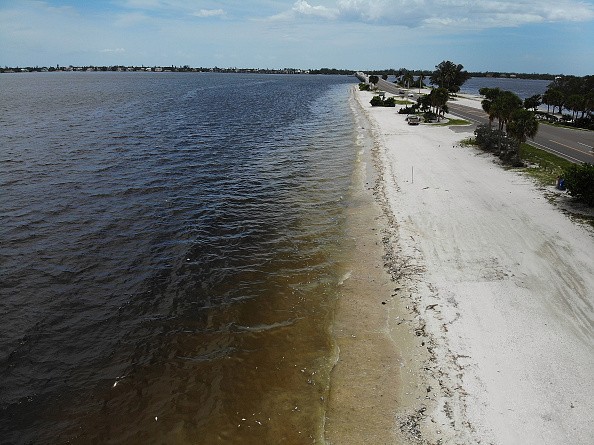
Portions of the Southwest Florida Coastline have suffered from toxic algae blooms that cause fish kills and potential respiratory risks. Scientists and researchers called for urgent action to restore the health of the bays.
Walking near the Southwest Florida Coastline would be a normal day. However, noticeable algae blooms on the coasts have raised concerns over the impact on health and fish thriving in the area.
The report explained that the catastrophic Hurricane Ian contributed to the effect of algae bloom or red tide on the coasts, which began in October.
According to the report, algae blooms were found for about 76 water samples in different areas, including Sarasota, Collier, Lee and Charlotte counties, Manatee, Hillsborough and Pinellas.
The experts have been studying the reason for the emergency algae blooms. Cynthia Heil, Mote Marine Laboratory's Red Tide Institute director in Sarasota, explained that red tide or algae blooms occur in late summer or fall and finally end by spring. The report added that the red tide could persist for five to seven months.
As scientists studied sample waters with algae blooms, they found that the toxic bloom could threaten the environment and health.
Red tide emergence
However, the red tide could potentially threaten marine habitats. For example, the researchers emphasized that the impact of red tide on Intracoastal waters and estuaries could affect important aquatic animals in marine biodiversity, including the oyster beds, dolphins, manatees and seagrass meadows.
Moreover, the report explained that the impact of the red tide could result in fish kills and respiratory risks. The report found that red tide occurred in coastal areas in Florida:
- Sarasota Country recorded the emergence of red tide. However, the report explained that the algae bloom there dwindled.
- The algae bloom in Tampa Bay and Anna Maria Island was also discovered, with a stronger presence in the area.
- In addition, portions of Manatee Country (including Holmes Beach and Bradenton Beach) found the algae bloom presence that caused fish kills and respiratory risks.
- In the same area, the study reported that Rod and Reel Pier reached medium concentrations of red tide. Meanwhile, portions of Tampa Bay said high levels of algae blooms.
- Low concentrations were also detected in the Sunshine Skyway Bridge and Longboat Pass portions.
Algae bloom concerns
With the causes of red tide, the report explained that human pollution could be attributed to the algae blooms, which could worsen once they reach or pollute coastal areas.
Climate change is also a factor in the emergence of algae blooms. The impacts of climate change could harm the environment and animals. According to the study, the Environmental Protection Agency (EPA) said that climate change's effects, such as warm water temperatures and extreme weather events, could influence algae blooms.
On the other hand, respiratory risks could also become a concern during the red tide event as it could harm human health. The report said that NOAA announced potential moderate to high risks affecting respiratory, especially in Sarasota, Pinellas and Manatee coastal areas.
Related Article : Heavy Rain Could Contribute to Growing Concerns of Algae Blooms, Research Discovers
For more similar stories, don't forget to follow Nature World News.
© 2025 NatureWorldNews.com All rights reserved. Do not reproduce without permission.





